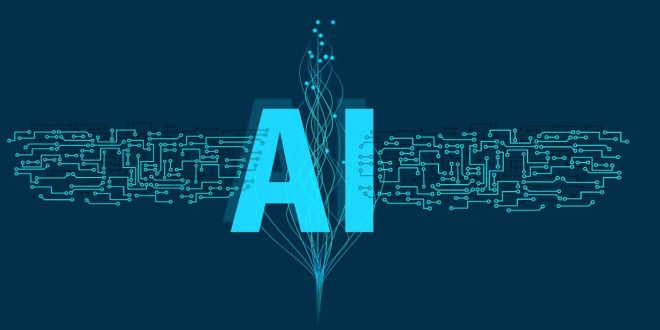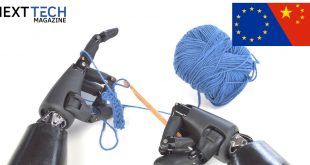The researchers speculated that subserosal adipose cell morphologies differed between the recurrence and non-recurrence groups because the machine learning algorithm made good predictions from photos of subserosal tissue. The recurrence group’s adipose cells were much smaller, flatter, and had smaller center-to-center cell distance values than the nonrecurrence group’s.
Dr. Matsui and Dr. Mori explains that these abnormalities, known as ‘adipocyte shrinkage,’ are essential histological features linked to Crohn’s disease recurrence.
The researchers also assumed that the differences in adipocyte morphology between the two groups are connected to some degree or any type of tissue inflammation. Also, the investigators found a higher number of mast cells infiltrating the subserosal adipose tissue in the recurrence group. It implies that the cells are linked to Crohn’s disease recurrence and the “adipocyte shrinking” phenomenon.
According to researchers, these data are the first to correlate postoperative recurrence of Crohn’s disease with the histology of subserosal adipose cells and mast cell infiltration. Drs. Matsui and Morii said that Our findings have enabled the categorization of postoperative Crohn’s disease patients based on the prognosis.
Many medications, including biologicals, are used to prevent Crohn’s disease recurrence, and correct classification can help high-risk patients receive more extensive and successful treatment.”
 Next Tech Magazine Get The Latest Technology Updates
Next Tech Magazine Get The Latest Technology Updates







